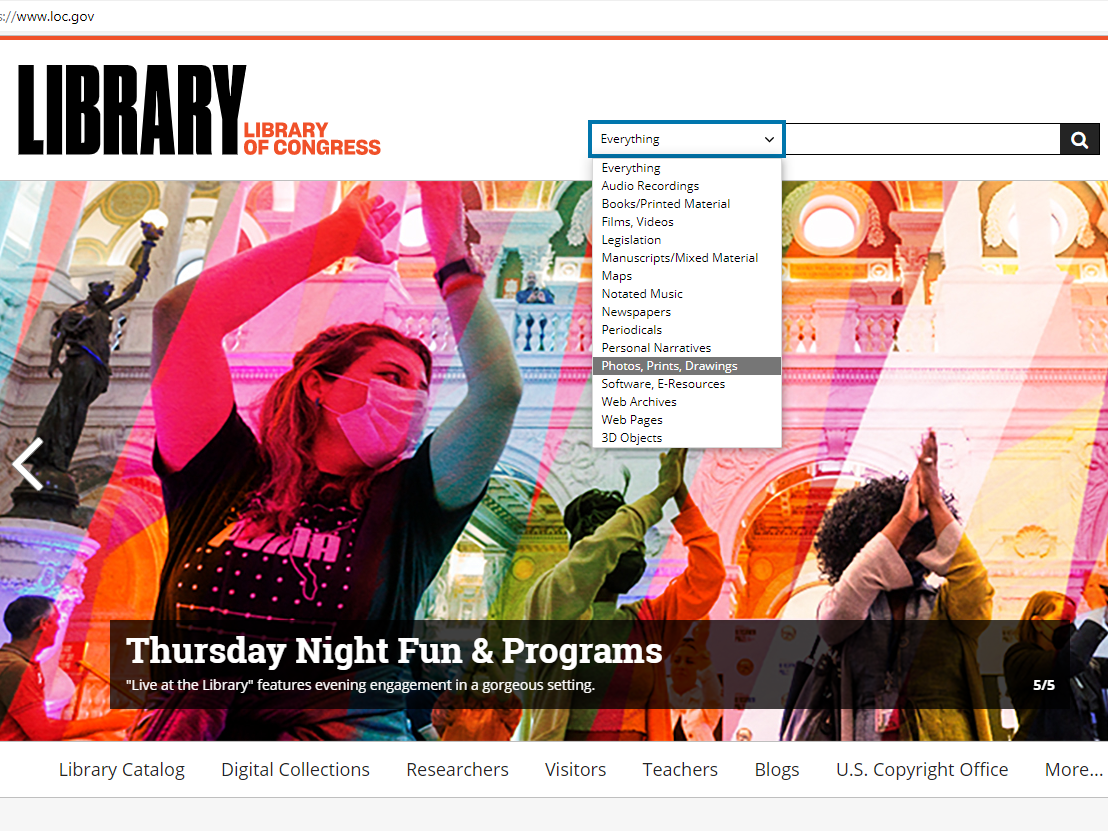Curriculum Connections: Civil Rights, Latinx History, Texas History, Visual Literacy
The image in this activity comes from the book Las Tejanas: 300 Years of History by Teresa Palomo Acosta and Ruthe Winegarten in the Newberry’s collection. The image originally comes from the Russell Lee Photograph Collection, Center for American History, University of Texas at Austin.
Download a copy of this activity in the Downloads tab.

Process
This activity can be used as part of a lesson on Civil Rights, Texas history, or Latinx history. It can also be used as part of instruction on visual literacy and how to gather information from a primary source. Display the image. Give students time to examine it, generate questions, and write notes. For lower-level students, display the caption and help them read and understand it. For upper-level students, do not display the caption. Instead, ask students to generate questions and write notes on what they think might be the time, place, and context of this photo. Then show them the caption and have a class discussion.
Use the background material at the end of this activity whenever you think it will encourage students to ask more questions and think more about how to engage with the material.
Questions to Ask before Showing the Caption
Download a version of the image without the caption here.
- Who is being discriminated against in this photo?
- Spanish and Mexican people.
- Where do you think this photograph was taken? Why?
- Somewhere near the Mexican border. Because there would have been more Mexican people there, but they might still have been a minority or might have lacked political power.
- Have you seen signs similar to this in history class or in books you’ve read?
- There are signs saying ‘No Blacks’ or ‘No Colored’ in history books.
Questions to Ask after Showing the Caption
Download a version of the image with the caption here.
- What kind of source is this?
- A photograph.
- Is it a primary source?
- Yes, because it records something that existed in the past.
- Where was this sign?
- On the wall of a restaurant in San Antonio, Texas.
- When was the photograph taken?
- In the mid-1930s.
- What does this photograph tell you about the way Latinx people were treated?
- They were discriminated against.
- What questions do you have after looking at this photograph?
- Is it legal to refuse to serve people because they’re not white? Is it fair? Why did the restaurant owners put up the sign?
If your students need more information on understanding photographs or their captions, take a look at the Skills Lesson: Types of Photographs or the Skills Lesson: Reading a Caption.
Class Discussion
Using the information in the “Background” section below, explain to students why they no longer see signs like the one in the photograph. Then discuss what events or laws caused these changes.
Background
There has been discrimination against different minorities in different places in the United States throughout our history. People have fought against this discrimination in many ways—protest marches, demonstrations, legal challenges, etc. In 1963, after years of struggle during the Civil Rights Movement to change laws and citizens’ the hearts and minds, President John F. Kennedy asked Congress to pass a law that would make many forms of discrimination illegal. After his death, President Lyndon Johnson worked to get the bill passed.
The Civil Rights Act of 1964 included a section on public accommodations. It defined “public accommodations” as a place that offers services to the public, including hotels and motels, restaurants, theaters, concert halls and sports arenas, among others. At that point, unless you turned your public business into a private club that served members only, you could no longer refuse service to someone on the basis of race, color, religion, or national origin.
This did not mean that all discrimination ended, of course. But it did mean that certain forms of discrimination became illegal.
Extension Activity
Have students do a search in the Library of Congress main page search option. Select for “Photos, Prints, Drawings” and use the search terms “segregation” and “sign.” Students could also try other search terms like “discrimination” or “whites only.”

Then have students create slide shows or have a class discussion about the images they find.
Additional Resources
“Legal Highlight: The Civil Rights Act of 1964.” U. S. Department of Labor.
“Title II of the Civil Rights Act (Public Accommodations),” The United States Department of Justice.
“Hispanics Progress Against Racism But Have Long Way to Go,” Mary Beth King, UNM Newsroom.



